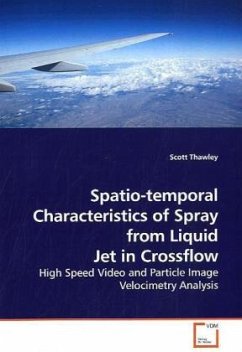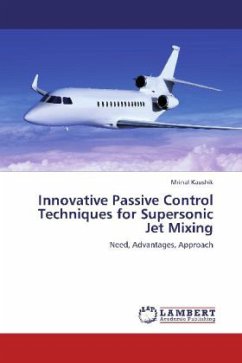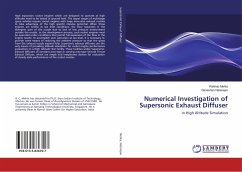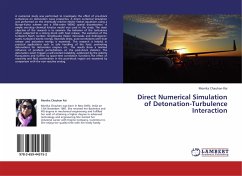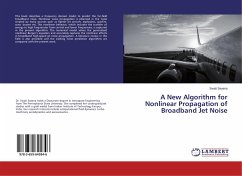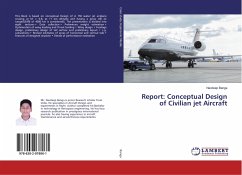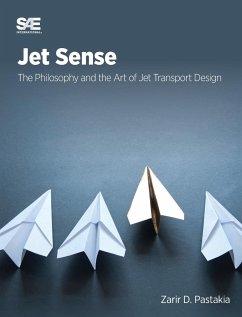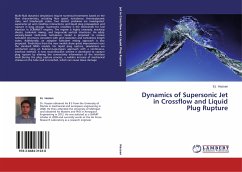
Dynamics of Supersonic Jet in Crossflow and Liquid Plug Rupture
Versandkostenfrei!
Versandfertig in 6-10 Tagen
51,99 €
inkl. MwSt.

PAYBACK Punkte
26 °P sammeln!
Multi-fluid dynamics' simulations require numerical treatments based on the flow characteristics, including flow speed, turbulence, thermodynamic state, and time/length scales. Two distinct problems are investigated: supersonic jet and crossflow interactions; and liquid plug propagation and rupture in lung airways. Supersonic crossflow is the mechanism for fuel injection in SCRAMJET engines. The regime is highly unsteady, involving shocks, turbulent mixing, and large-scale vortical structures. An eddy-viscosity-based multi-scale turbulence model is proposed to resolve turbulent structures cons...
Multi-fluid dynamics' simulations require numerical treatments based on the flow characteristics, including flow speed, turbulence, thermodynamic state, and time/length scales. Two distinct problems are investigated: supersonic jet and crossflow interactions; and liquid plug propagation and rupture in lung airways. Supersonic crossflow is the mechanism for fuel injection in SCRAMJET engines. The regime is highly unsteady, involving shocks, turbulent mixing, and large-scale vortical structures. An eddy-viscosity-based multi-scale turbulence model is proposed to resolve turbulent structures consistent with grid resolution and turbulence length scales. Additionally, an adaptive turbulent mixing approach is also proposed. Predictions from the new models show great improvement over the standard RANS models. For liquid plug rupture, simulations are conducted using an Eulerian-Lagrangian approach with a continuous-interface method. A new reconstruction scheme is developed to capture plug rupture by altering the connectivity information of the interface mesh.During the plug rupture process, a sudden increase of mechanical stresses on the tube wall is recorded, which can cause tissue damage



